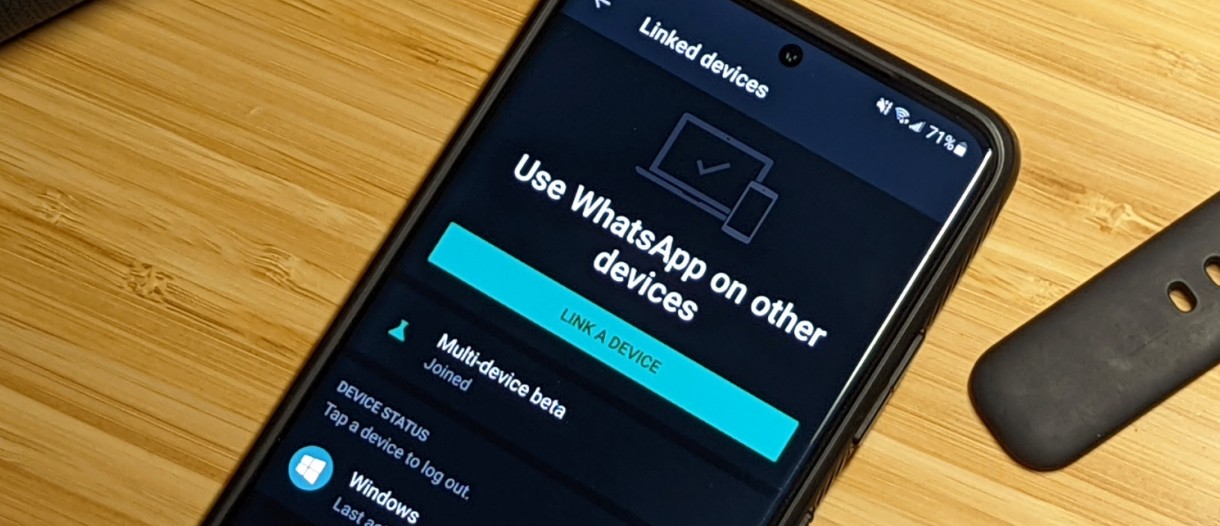
Understanding Linked Devices
Before diving into the steps to identify linked devices, it's important to understand what constitutes a "linked device." A linked device is any gadget connected to your Google account. This includes Android phones, tablets, smartwatches, smart home devices, and more. Connections can be made through methods such as Google Sign-In, Google Play Services, or other Google services.
Why Identify Linked Devices?
Identifying linked devices is crucial for several reasons:
- Security: Monitoring which devices are linked to your account helps identify potential security risks. Unauthorized devices could pose a threat to your data.
- Privacy: Knowing what devices have access to your account information helps maintain better privacy.
- Account Management: Managing your account effectively ensures only trusted devices have access.
Steps to Identify Linked Devices
Open Google Account Settings
- Open the Google app on your Android phone. Find it in the app drawer or on the home screen.
- Tap on the profile picture or initial in the top right corner.
- Select "Manage your Google Account."
Navigate to Security
- In your Google account settings, scroll down.
- Select the "Security" tab from the left-hand menu.
View Linked Devices
- Under the "Security" section, find the option labeled "Your devices."
- Click on "Your devices" to see all devices currently linked to your Google account.
Review Device List
- Each device will be listed with its name and the last time it was active.
- If any devices are unrecognized or no longer needed, remove them by clicking on the three vertical dots next to the device's name and selecting "Remove device."
Additional Settings
- Under the "Security" section, explore other settings related to device security.
- Options include two-factor authentication (2FA), app passwords, and more.
Implications of Linked Devices
Security Risks
- Unauthorized Access: Unauthorized devices could gain access to sensitive information such as emails, contacts, or financial data.
- Data Breaches: A data breach on one linked device could compromise your entire account if proper security measures are not in place.
- Malware Spread: Malware on one device can spread to other linked devices if they share common apps or services.
Privacy Concerns
- Data Sharing: Linked devices often share data across services, raising privacy concerns if not managed properly.
- Location Tracking: Some devices may be enabled for location tracking, which could be a privacy issue if not monitored.
- App Permissions: Apps on linked devices may request permissions that could compromise your privacy if not reviewed carefully.
Managing Linked Devices Effectively
- Regularly Review Device List: Regularly check the list of linked devices to ensure no unauthorized devices are connected.
- Enable 2FA: Enable two-factor authentication for added security when logging into your Google account from new devices.
- Use Strong Passwords: Use strong passwords and consider enabling password managers to keep track of multiple passwords securely.
- Monitor App Permissions: Regularly review app permissions on all linked devices to ensure they are only accessing necessary information.
- Update Software Regularly: Keep all software up-to-date, including operating systems and apps, as updates often include security patches.
- Use a VPN: Consider using a VPN when accessing public Wi-Fi networks to encrypt internet traffic and protect against potential threats.
Best Practices for Secure Device Management
- Use a Single Google Account: Use a single Google account across all devices to simplify management and reduce the risk of unauthorized access.
- Set Up Parental Controls: If managing multiple devices for family members, set up parental controls to restrict access to certain features or apps.
- Use Device-Based Authentication: Enable device-based authentication methods like fingerprint or facial recognition for added security when accessing your account.
- Regularly Back Up Data: Regularly back up important data from all linked devices to prevent loss in case of a security breach or device failure.
- Disable Location Services When Not Needed: Disable location services on devices when not needed to reduce the risk of unauthorized tracking.
- Use Secure Browsers: Use secure browsers like Google Chrome with built-in security features such as phishing protection and sandboxing.
Additional Tips
- Google's Device Policy: Familiarize yourself with Google's strict policies regarding device security and privacy to ensure compliance.
- Third-Party Apps: Be cautious when using third-party apps that request access to sensitive information. Always review app permissions before granting access.
- Device Encryption: Enable device encryption on all linked devices to protect data even if the device is lost or stolen.
- Regular Audits: Conduct regular audits of your linked devices to ensure no unauthorized changes have been made.
By following these guidelines and staying vigilant about device security, you can enjoy the benefits of interconnected technology while minimizing its risks.
